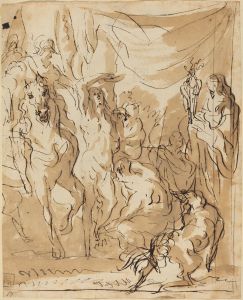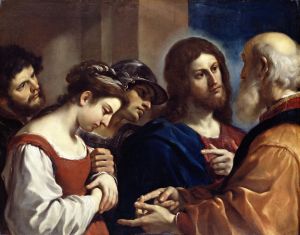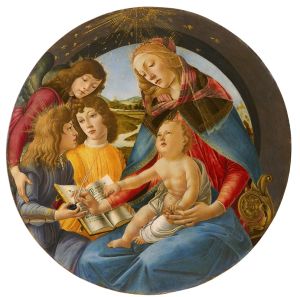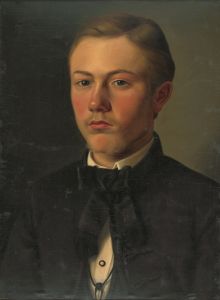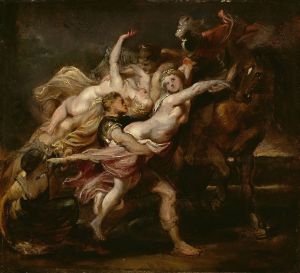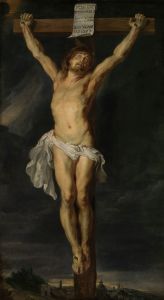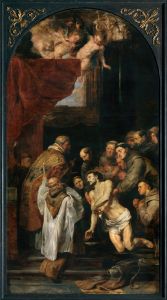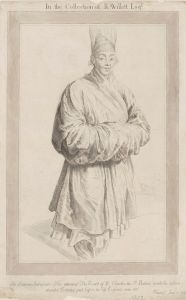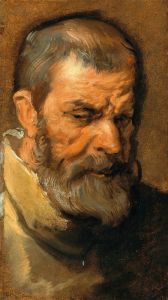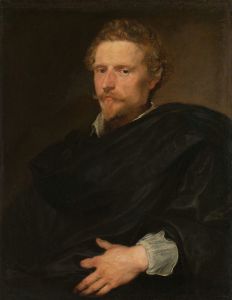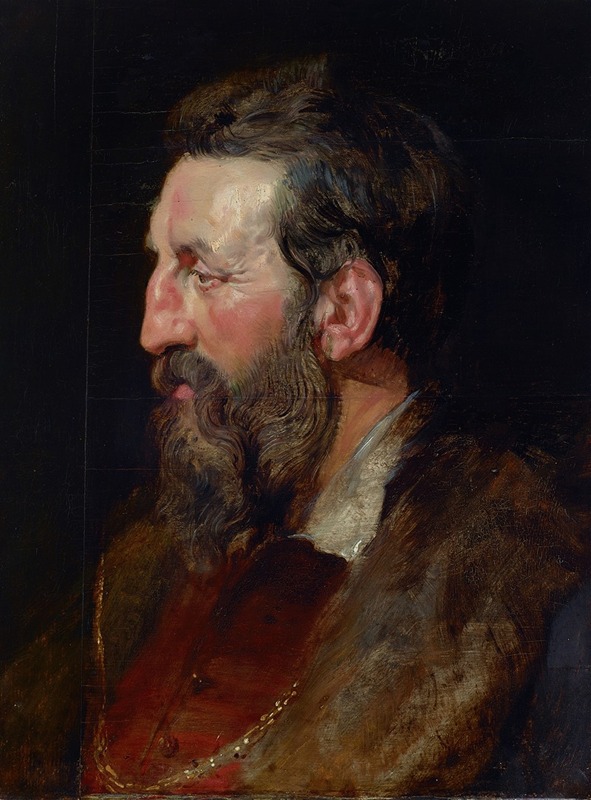
Portrait of a Man
A hand-painted replica of Peter Paul Rubens’s masterpiece Portrait of a Man, meticulously crafted by professional artists to capture the true essence of the original. Each piece is created with museum-quality canvas and rare mineral pigments, carefully painted by experienced artists with delicate brushstrokes and rich, layered colors to perfectly recreate the texture of the original artwork. Unlike machine-printed reproductions, this hand-painted version brings the painting to life, infused with the artist’s emotions and skill in every stroke. Whether for personal collection or home decoration, it instantly elevates the artistic atmosphere of any space.
"Portrait of a Man" is a painting by the Flemish Baroque artist Peter Paul Rubens, widely regarded as one of the most influential painters of the 17th century. The artwork is an oil-on-canvas portrait, showcasing Rubens' mastery in capturing the human figure with remarkable realism and emotional depth. While the exact identity of the sitter remains unknown, the painting exemplifies Rubens' skill in portraying individual character and personality through subtle facial expressions and meticulous attention to detail.
The portrait depicts a man dressed in dark, formal attire, typical of the early 17th century. The sitter's face is illuminated by soft light, which highlights his features and creates a striking contrast with the darker background. Rubens' use of chiaroscuro—a technique that emphasizes the interplay of light and shadow—adds a sense of three-dimensionality to the figure. The man's gaze is direct and engaging, drawing the viewer into the composition and suggesting a sense of immediacy and presence.
Rubens was known for his ability to blend influences from the Italian Renaissance with the dynamic and dramatic qualities of the Baroque style. In "Portrait of a Man," his brushwork is both precise and fluid, capturing the texture of the sitter's skin, hair, and clothing with remarkable fidelity. The painting also reflects Rubens' interest in human psychology, as the sitter's expression conveys a sense of introspection and dignity.
The exact date of the painting's creation is not definitively known, but it is generally attributed to Rubens' mature period, likely in the early 17th century. During this time, Rubens was highly sought after as a portraitist by patrons across Europe, including members of the nobility, clergy, and wealthy merchant class. His portraits were celebrated for their ability to convey both the physical likeness and the social status of the sitter.
"Portrait of a Man" is housed in a private collection or museum, though its current location and provenance may vary depending on historical records. Like many of Rubens' works, the painting has been studied for its artistic and historical significance, contributing to the broader understanding of Baroque portraiture.
Due to the lack of specific information about the sitter and the painting's history, further details about its context and significance remain limited. However, the work continues to be admired as an example of Rubens' exceptional talent and his contribution to the art of portraiture.





